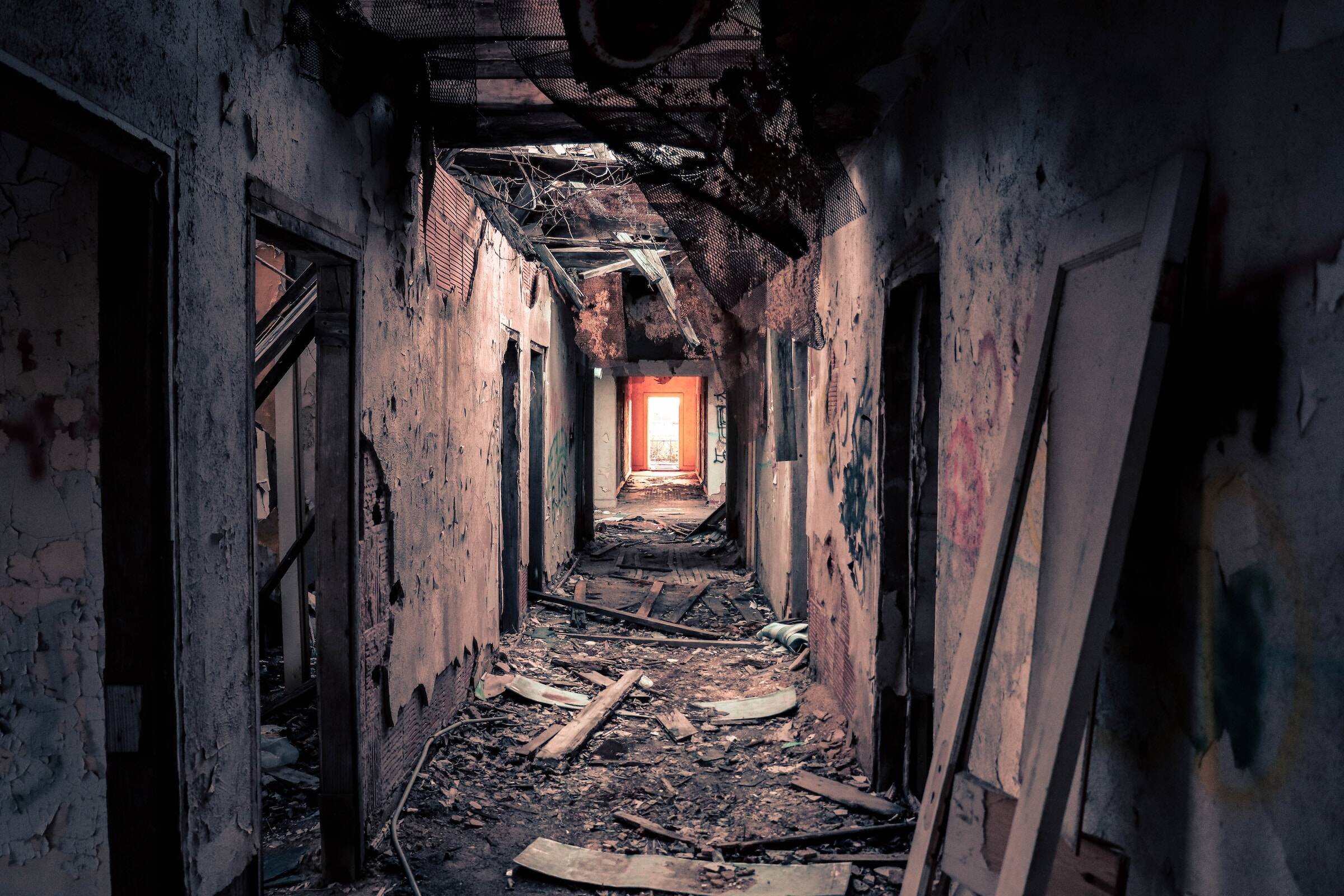Are your repair and improvement costs tax deductible?
Recording expenses relating to business premises often causes trouble. If you get it wrong it can mean tax deductions are lost or overstated leading to an HMRC enquiry. How should you approach recording this type of expense?

Recording expenses
Before recording property expenditure in your books you must first identify whether it’s a revenue cost (day-to-day expense), e.g. decoration, minor repairs or maintenance, or a capital cost. The latter is divided into two sub-categories: (1) costs relating to the acquisition or improvement of the building or structure; and (2) plant or machinery - equipment that’s permanently attached to the building, e.g. lifts, lighting and water systems, etc.
Revenue costs
If your business incurs repair or maintenance costs relating to its premises, a tax deduction for the expense is allowed in the same way as other revenue expenditure, such as energy bills, staff costs and overheads, and can be recorded in your profit and loss account.
Capital costs
Broadly, these are expenses relating to structural work that goes beyond a repair. For example, extending a building, adding walls, floors, etc., and major repair work that is so extensive it constitutes an improvement, e.g. the replacement of an entire roof. Capital expenditure should be recorded as a fixed asset on your business’s balance sheet.
Capital costs in disguise
This is also the case for costs normally treated as revenue, such as decoration, where they relate to capital improvements. For example, costs to make a large open plan office area into several small offices divided by permanent walls; the painting etc. of those walls is part of the improvement and so the related cost is capital and not revenue.
Timing is also a factor for determining if expenses are capital or revenue. Where a building is acquired in a state that prevents it from being used for the purpose it was acquired, expenses incurred to make it fit for such use are usually capital even if they would be categorised as revenue were they incurred for a building already owned.
Because categorisation of some types of expenditure is tricky HMRC usually accepts a common sense approach even if it’s not exactly the route it would take.
Structures and buildings allowance
While no deduction from profits is allowed for capital expenditure , if it has been incurred on or after 29 October 2018 it might qualify for a special capital allowance deduction known as the structures and buildings allowance (SBA). The tax relief allowed for SBAs is equal to 3% of the costs per year (2% until April 2020).
Claiming the SBA affects the calculation of capital gains or losses that occur on the sale or transfer of a building or structure. Where the SBA has been claimed, the amount reduces the deductible cost for capital gains tax purposes.
Related Articles
-
Planning ahead for pension salary sacrifice changes
From 6 April 2029, both employers and employees will be required to pay Class 1 NI on pension contributions in excess of £2,000 made through a salary sacrifice arrangement. What can you do about it?
-
Can you claim input tax on costs linked to electric cars?
Your business intends to go green and buy new electric cars. Can you claim input tax on the purchase of the vehicles and their subsequent fuel costs? Additionally, what recent change has been announced by HMRC?
-
Dodging the 2027 IHT and pension changes
In a little over a year the inheritance tax (IHT) exemption for unused pension savings comes to an end. If you’re married or in a civil partnership, one simple step might save your estate thousands in IHT. What is it?